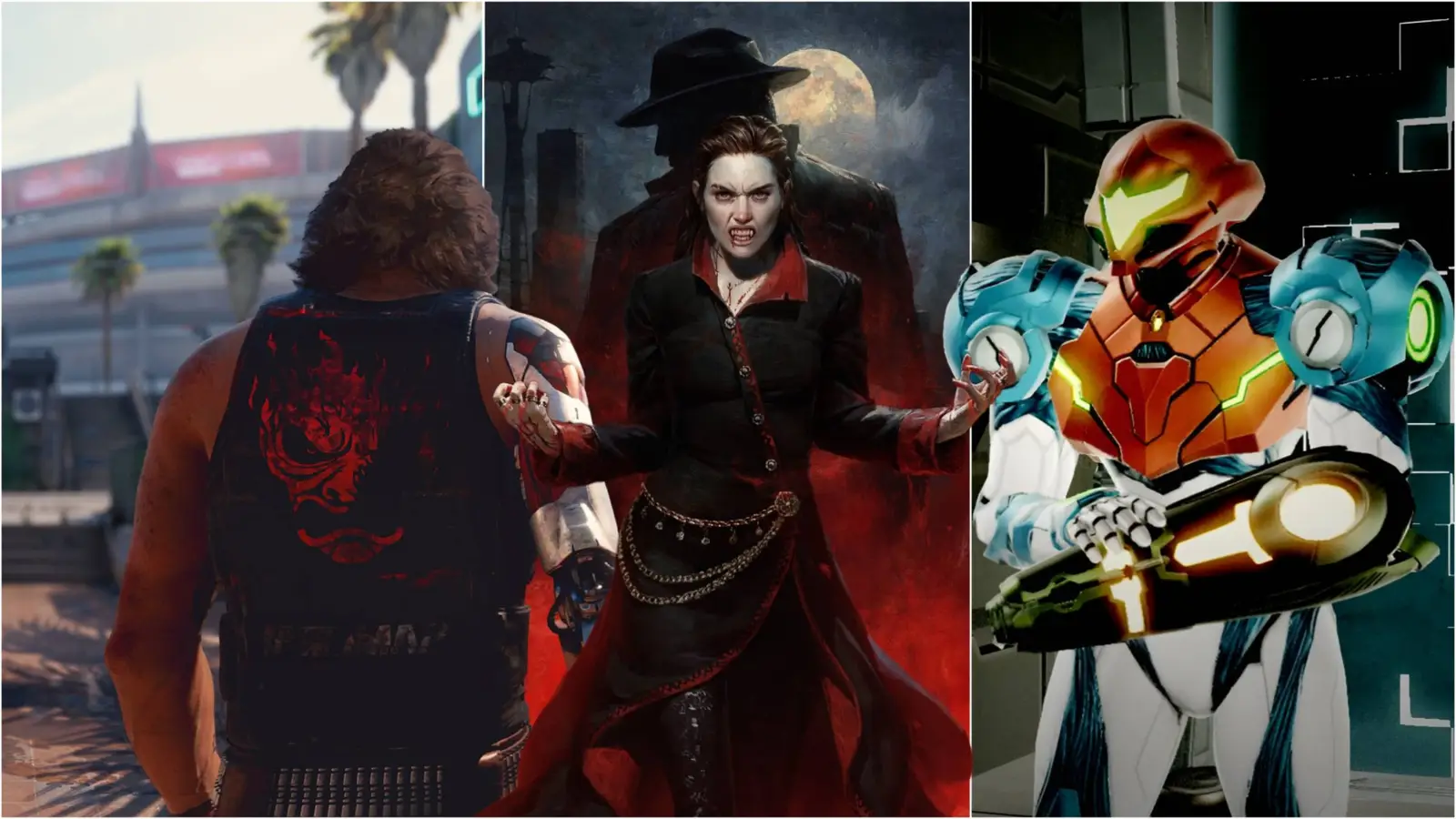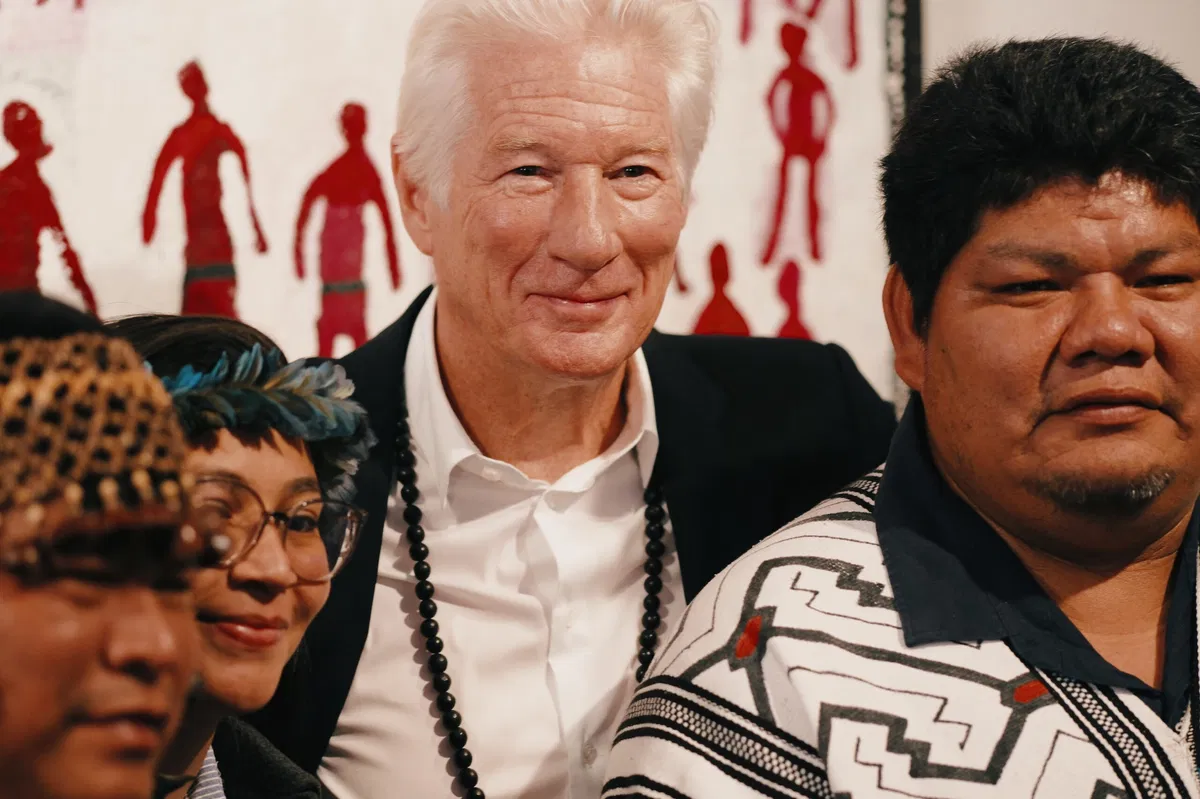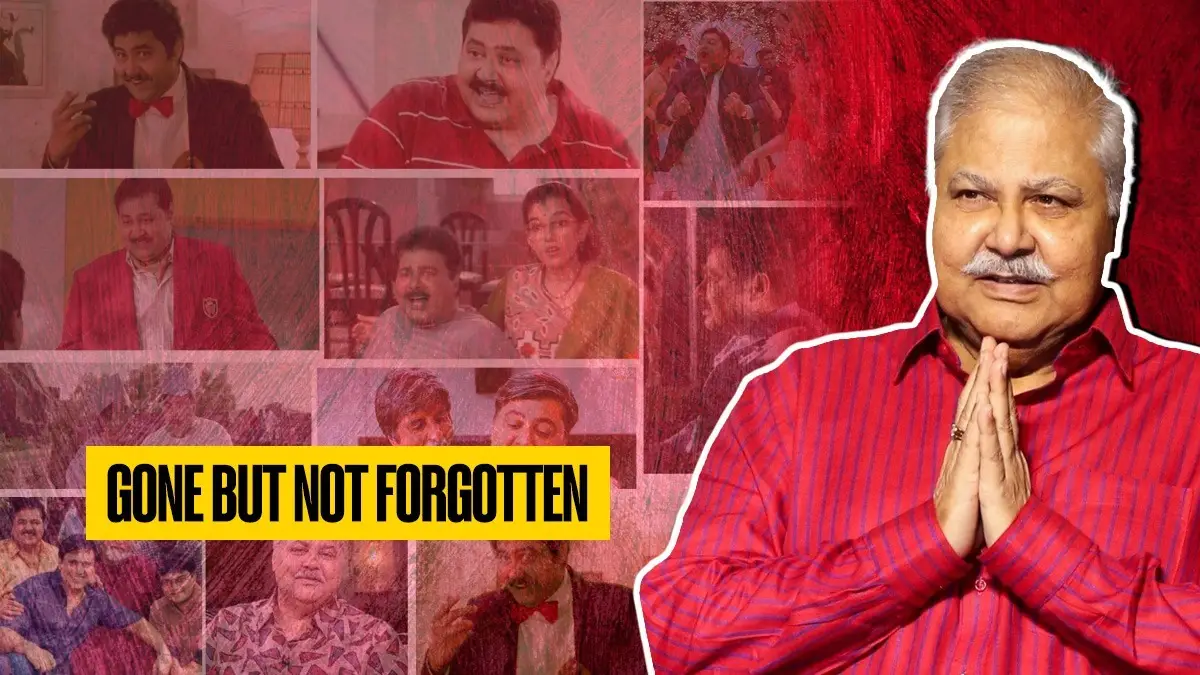Copyright XDA Developers

In the gaming world, development hell is one phase that strikes fear in the hearts of publishers, players, and, of course, developers themselves. It's when a game enters a limbo of overwhelming uncertainty, and it gets there via bad decision-making from the top, re-writes, ballooning costs and bloated timelines, teams being lost and new ones being brought in, along with a host of other problems that a lot of games have historically dealt with. Development hell has almost always led to final products looking worse for wear, except for the few times that we watch a game claw its way out of there. There's something oddly poetic about it, too. We've seen hype dying, studios crumbling, and dreams turning into memes in developmental hell, but a few lucky times, a game manages to survive through it all and turn up to not just be decent, but even great. Vampire: The Masquerade – Bloodlines 2 finally joins that rare breed of survivors, and by doing that, it's definitely in some rather elite company. Vampire – The Masquerade: Bloodlines 2 (2015 – 2025) A full decade of studios, delays, and identity crises When a sequel takes sixteen whole years to come out, you know it certainly went through development hell. First off, a sequel to the 2004 RPG cult classic wasn't greenlit by Activision after the first game's middling financial success. Then, it was in 2015 when Paradox Interactive acquired the IP, and they handed it over to Hardsuit Labs to develop. Even the original writer was on-board, and the game was shaping up to be a Seattle-based title. Sadly, after two consecutive delays, the creative director and head writer were both sacked, with leadership changing. Unfortunately, in 2021, Hardsuit Labs was completely removed from the project, following which, the studio had to make their entire narrative team staff redundant. The game was heading towards a certain cancellation, but that's when The Chinese Room took over development through a successful pitch to Paradox. The new studio decided to turn the game into a more morally-complex and layered title, also changing the story completely but retaining the setting. Finally, after an entire decade of development, studio changes, delays, leadership and engine changes, Vampire – The Masquerade: Bloodlines 2 has finally come out, and it has received about the same love as the first one. That is to say, it isn't scoring any huge 8's, 9's, or 10's across the board, but there's a strong player base for it that has absolutely fallen in love with it, including yours truly. Dead Island 2 (2014 – 2022) We really never thought we'd see this game It was all the way back in 2014 that the world got its first look at Dead Island 2, with one of the best reveal trailers in gaming history. E3 2014 saw a fantastic reveal, but as impressed as that announcement left everyone, nobody expected to wait eight whole years before getting to play the game. Originally scheduled for a 2015 release, Dead Island 2 was being developed by Yager Development. By 2014, it was on track to have four playable characters, along with eight-player co-op. By the time July 2015 rolled around, publishers Deep Silver completely dropped Yager Development because they couldn't find any congruence between the two companies' vision of the game, and eventually, Yager Productions had to file for insolvency the same month. In 2016, Sumo Digital took over development, and then, the game "remained in development until 2019", which was when development changed hands once again to go to Dambuster Studios. It then took until 2022 for Dead Island 2 to finally come out, but when it did, even though a lot of people had lost faith in the project by then, the game opened to rave reviews, and deservedly so. Doom (2007– 2016) One case where development hell saved the game I can't believe I'm saying this, but a part of me is glad that the 2016 Doom game went through development hell. After the disappointment that was Doom 3 because the game became a lot more horror-centric and didn't even feature the Doom Marine we'd all come to know and love, Doom 4 would've made the same mistake, putting a regular Joe in the protagonist's shoes. The demons, too, would've been just mutated humans in riot gear, with the bulk of the game being set on Earth, with a majority of the game's inspirations coming from Battlefield and Call of Duty. While id Software struggled to develop Rage and Doom 4 together, ZeniMax Media swooped in to buy the studio. However, this also came with different takes on the game, which, in hindsight, did more good than harm. Doom 4 was going to feature a lot of scripted cinematics, and was aptly nicknamed "Call of Doom" by fans. With Rage failing to be a smash hit in 2011, Bethesda decided to restart development completely. The identity crisis that halted Doom's development, however, also brought about an eventual self-awareness of the situation, and in 2014, Bethesda decided to reboot the series with the next Doom game, retaining Hugo Martin as creative director. This new, rebooted avatar of Doom featured fantastic "push-forward" combat, an old "sync melee" mechanic from what would've been Doom 4 (that we now know as Glory Kills), and this time, there was barely any emphasis on the story itself. Light-hearted in the narrative but gory as always in gameplay, Doom 2016 proved to be one of the greatest franchise revivals ever, and much like Doomguy himself, the game came out stronger after going through (development) hell. Metroid Dread (2005 – 2021) It only took sixteen years and five consoles Long before Bloodlines 2, it was Nintendo's Metroid Dread that was a high-stakes gamble teetering on the edge of disaster. Originally intended to be made for and released on the Nintendo DS, Metroid Dread hoped to explore lesser-explored aspects of the franchise, with producer Yoshio Sakamota wanting "fear-based gameplay" where Samus would be on an unfamiliar planet while being followed by "dread". The game was announced in 2005, which was when development started, but it kept getting delayed until 2007, at which point in time, Nintendo denied that a 2D Metroid was being developed. Nintendo tried a second attempt at the game in 2008, but this time, the playable prototype was simply not up to the mark, so development was haunted. The Nintendo DS' hardware was a major limitation in Metroid Dread's problems, too. By that time, 2011 had rolled around, and a lot of industry insiders had begun believing firmly that the game was simply never going to happen. It wouldn't be until 2021, a full sixteen years later, that Metroid Dread was revived for the Nintendo Switch, and boy did it take everyone by surprise with its fantastic world, creatures, and gameplay. Demon's Souls (2004 – 2009) A project that had nothing to lose That's right — the game that birthed the Soulsborne games and the entire Soulslike genre, almost never made it out of development hell. Demon's Souls was a nightmare project over at Sony. It was unmarketable, it was misunderstood, and it was barely greenlit. A lack of coherent vision by the original team in 2004 led to the game being practically left for dead before Hidetaka Miyazaki decided to take over, and since the project was already considered a failure, he figured he could take it in any direction with nothing to lose. The next three years were spent creating a challenging gameplay-based action-adventure game that, despite a lot of pressure, Miyazaki decided not to attach to King's Field's lore, which was another prior FromSoftware original. Despite the team being given an immense amount of creative freedom, the final game didn't become completely playable until very late in development. Still, the end product became a blueprint for an entire genre, making Demon's Souls an example of a game that didn't just claw its way out of hell. Rather, it built and earned its ticket out. South Park: The Fractured but Whole (2014 – 2017) It somehow stuck the landing, and then some South Park's creators were open to developing a sequel to the fantastic South Park RPG, The Stick of Truth. Since Ubisoft took over the previous developers, Obsidian Entertainment, development on the sequel happened internally. Over the development cycle, the creators were available throughout in order to guide the game's plot and narrative, and write the dialog, but as development time stretched out, production schedules tightened. Ubisoft also adapted their Snowdrop engine to help import the show's own assets, which, creatively, was a great decision. However, these changes also took a full year to implement. Plus, the engine itself had to be taught how to work with 2D animation instead of 3D, and because of these constant tweaks to quality, the game had to go through constant rewrites and reworks, with entire missions being scrapped late into development. Heck, co-creator Trey Parker even had to undergo emergency gallbladder surgery, and even paused his recovery to finish working on the dialog for the game. Thankfully, The Fractured but Whole managed to hold onto its satirical edge, delivering one of the most self-aware, politically-charged, and surprisingly tight RPG experiences in recent memory. The best part? It remained genuinely funny the entire time, which a lot of games never achieve, even without having to go through the ordeal of development hell. Cyberpunk 2077 (2012 – 202...3?) Developmental hell followed the game well after launch Inarguably the poster child for an entire generation for games that made it through development hell and thrived, Cyberpunk 2077 was announced by CD Projekt Red all the way back in 2012. Based on the popular tabletop game Cyberpunk 2020, Cyberpunk 2077 went through all sorts of development hell, and this was a unique case where the 'hell' followed the game long after release. The problem lay in the decision to develop REDengine 4 for Cyberpunk alone, since The Witcher games were made on REDengine 3. Since Cyberpunk 2077 and REDengine 4 were being developed simultaneously with new tech and mechanics being discovered and created together, this naturally led to a lot of the problems that the game became infamous for at launch. Despite an initial 8 years of development on paper, developers later revealed that the game hadn't left pre-production until 2016, four full years after its announcement. Now racing to meet a 2020 release window, the game ran headfirst into every realm of development hell possible, including leadership changes, massive amounts of cut content, game-breaking bugs that had to be shipped at launch, a complete loss of confidence amidst the development team, and an insane amount of dev crunch to get the game through the door. Even after launch, the chaos followed, becoming a cautionary tale for the ages. Yet, today, Cyberpunk 2077 has managed to evolve into one of the biggest, most fleshed-out, and immersive RPGs of all time. Sleeping Dogs (2007 – 2012) Will its movie adaptation follow suit? One of the greatest sandbox open-world crime games the gaming world has ever seen, Sleeping Dogs remains an unforgettable title. I've spent years nursing a sequel-shaped hole in my heart for this game, but even the first game may not have existed, or been as fantastic as it was, had it succumbed to the depths of development hell. After years of working on licensed games and Call of Duty titles, Treyarch began developing Black Lotus in 2007. The game was initially going to have a female assassin protagonist in Hong Kong, but Activision decided against it. Activision gave the title over to United Front Games to develop an open-world game with a male protagonist. A year later, since the True Crime series hadn't been doing well, the decision was made to turn Black Lotus into True Crime: Hong Kong to revive the series, and was unveiled in 2009. Despite progress, though, Activision had to cancel the game after the financial reports of Q4 2010 came out. They weren't happy with the quality of the work done so far, and decided to scrap the game entirely. Sadly, this happened when the game was almost done, and nearly complete in every sense. Thanks to ballooning budgets and developmental delays, the game simply had to be canceled. Then, United Front Games even cut a whopping 120 staff, and the company may very well have gone insolvent had it not been for Square Enix acquiring the publishing rights to the game. Renaming the title Sleeping Dogs, Square released the game in August 2012, and it became the fantastic open-world sandbox that we all love. Sadly, Sleeping Dogs never sold well enough to warrant a sequel, but now, with the movie adaptation's script finally complete, there is hope again. Development hell struggles to kill greatness Brilliance can survive even in the darkest and most uncertain stretches of creation. Development hell does have a way of stripping a game down to its bare essentials sometimes. It burns off ego, over-ambition, and everything that doesn't matter. What then remains is raw intent, and in these cases, it was definitely sharpened by adversity. Even in the darkest, most uncertain stretches of creation, brilliance can survive, and sometimes, it ends up being better for it.



